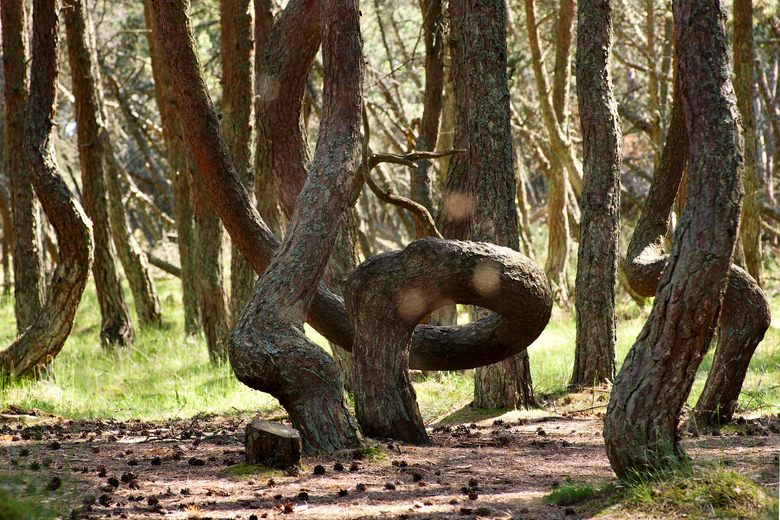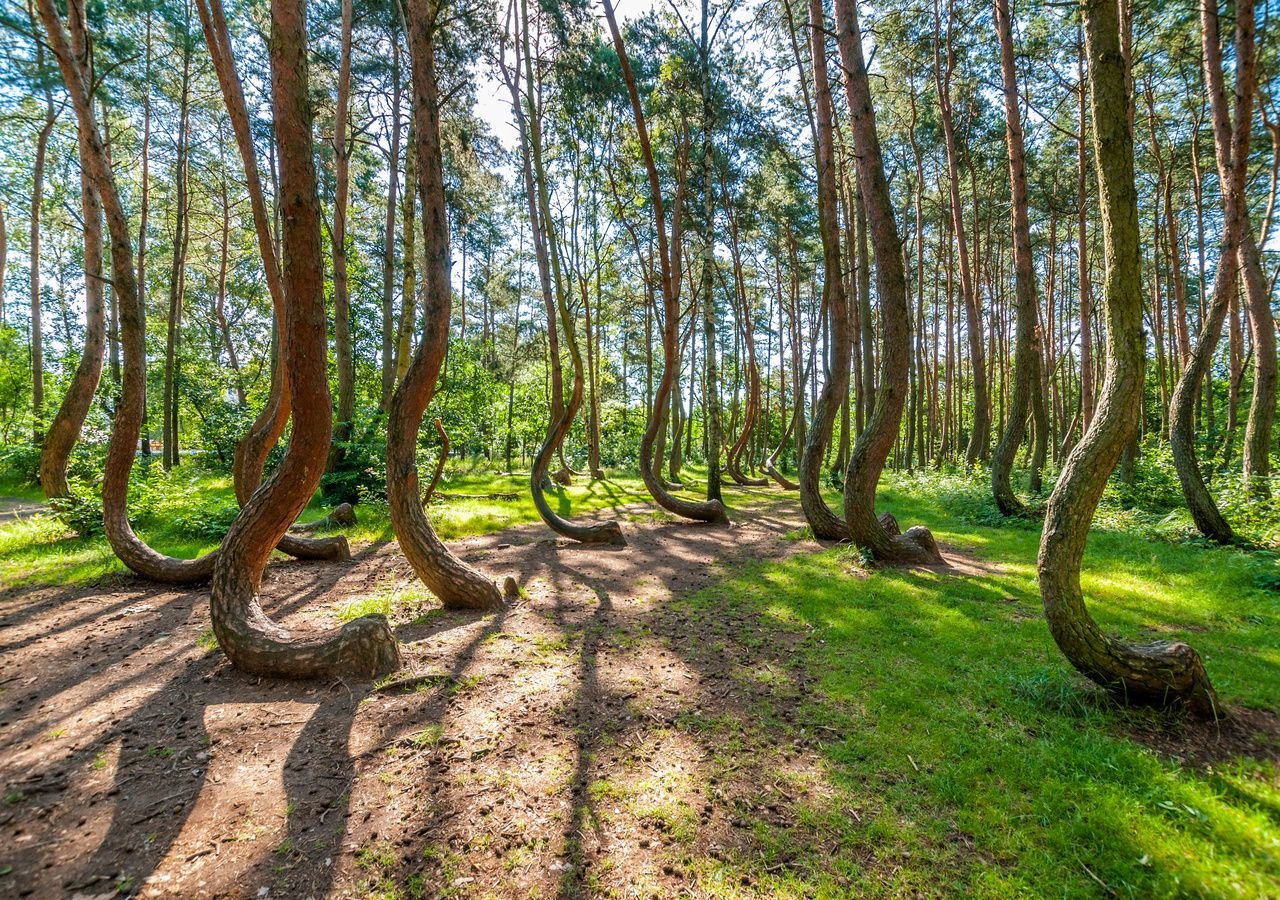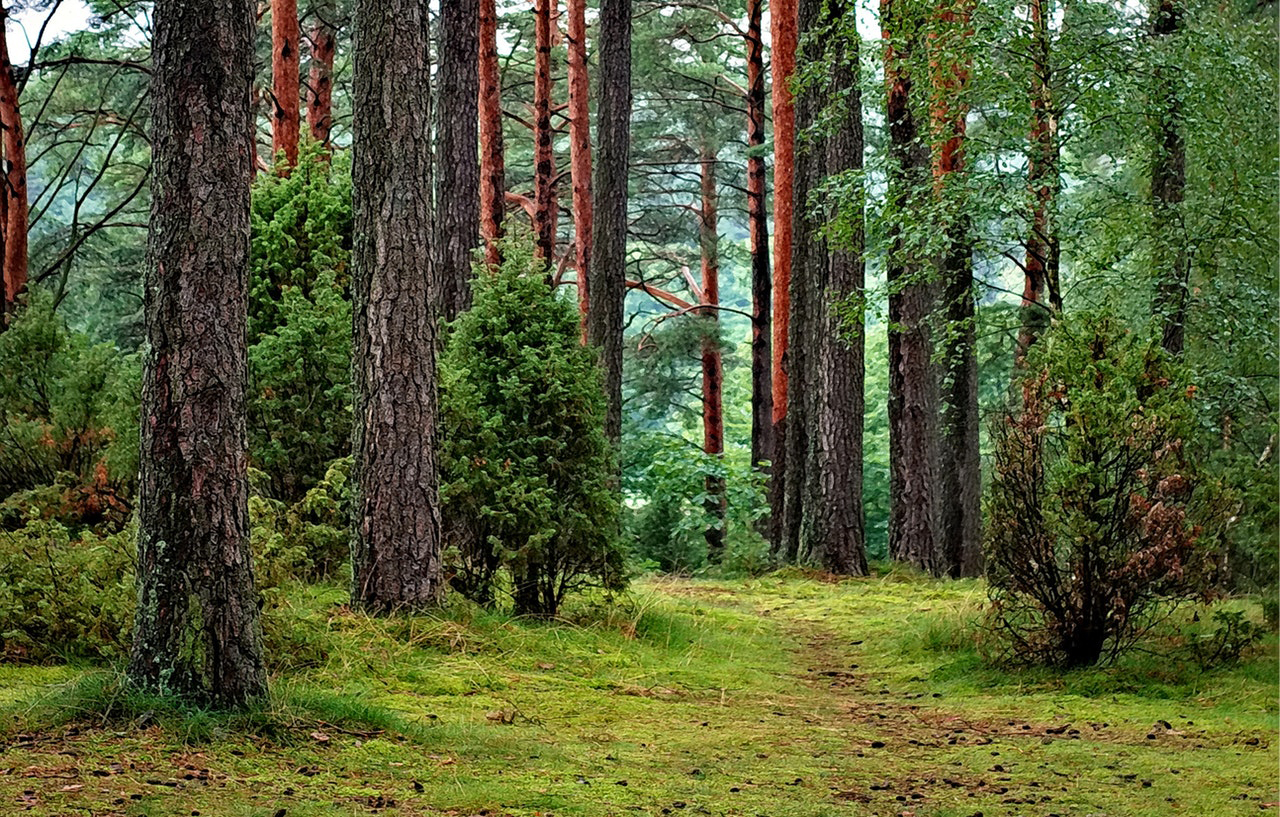

Twisted trees, often referred to as “snakewood trees” or “contortionists of the forest,” challenge our perception of how trees ought to grow. Instead of the traditional vertical growth, these trees exhibit an extraordinary ability to bend, twist, and coil themselves into elaborate shapes. The result is a visual spectacle that appears almost like a work of art crafted by nature’s own hand.


Twisted trees have evolved these unique growth patterns as a survival strategy. In regions with harsh weather conditions or intense competition for light, these trees have found a way to adapt and thrive. By growing in twisted or contorted forms, they can minimize exposure to damaging elements and optimize their access to sunlight and nutrients.

This phenomenon is not limited to a specific geographic region; twisted trees can be found around the world. From the whimsical shapes of windswept pines in coastal areas to the eerie, gnarled forms of ancient olive trees, each instance of twisted growth tells a story of the tree’s struggle for survival in its unique environment.

These twisted trees serve as a testament to the incredible adaptability and resilience of nature. They remind us that even in the face of adversity, life finds a way to thrive and create its own unique and captivating beauty.



